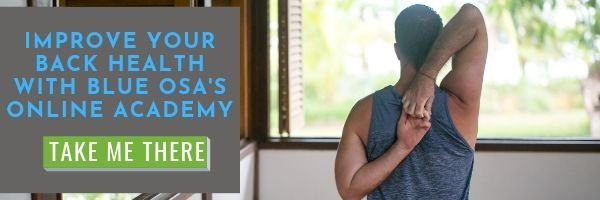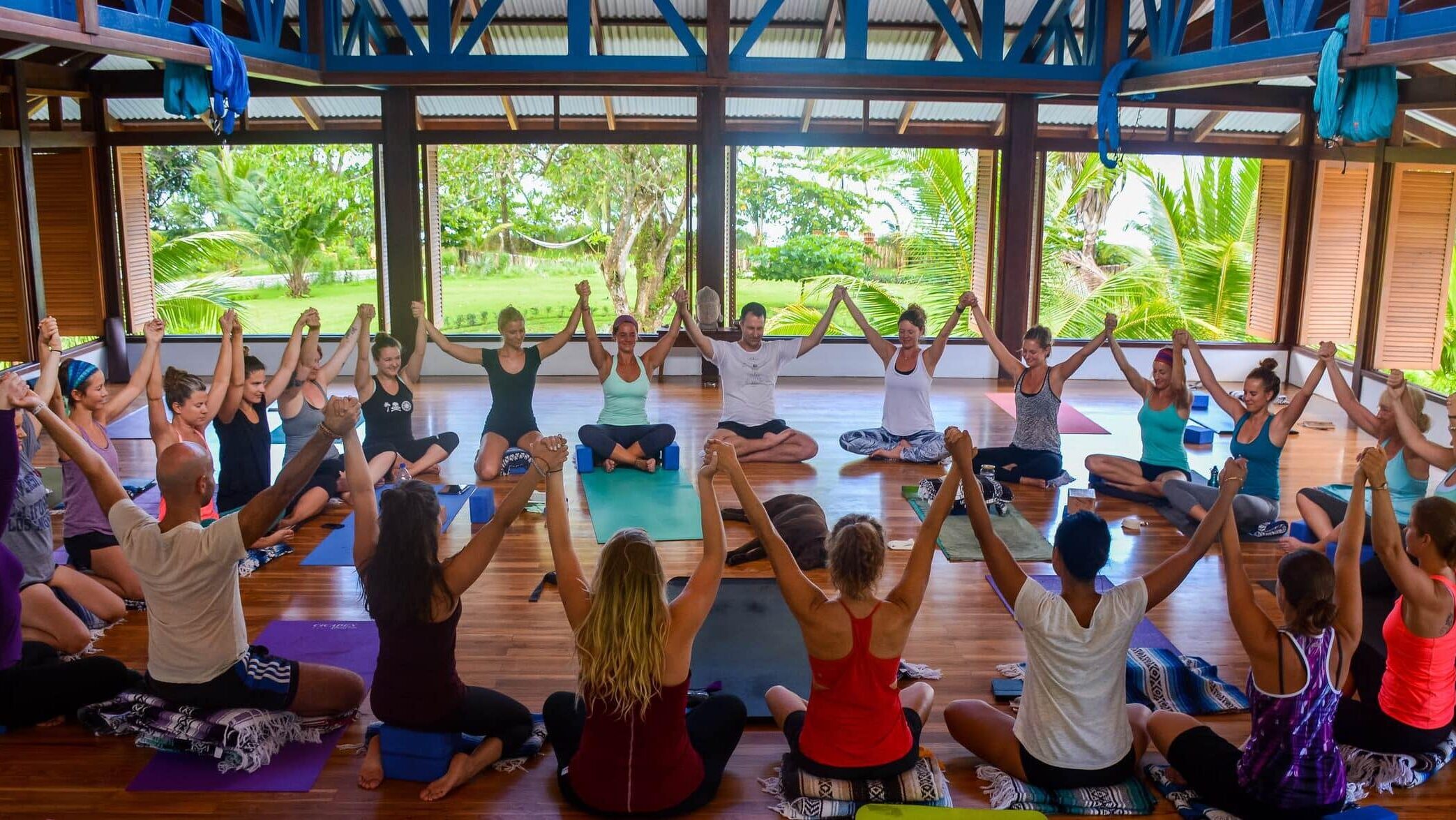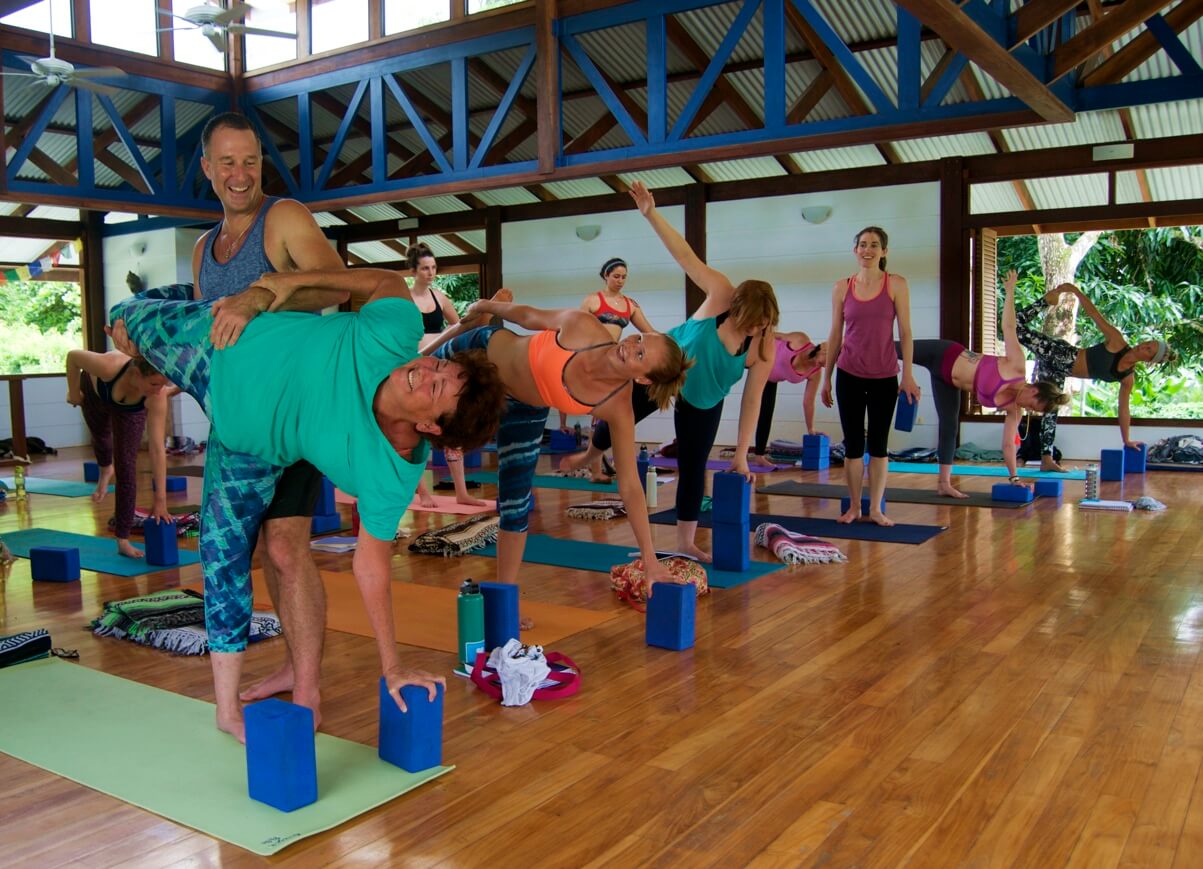Several people come to a yoga class to ease their back pain. Low back issues and sacroiliac problems are a plague in our current society. This physical issue originates from the second chakra, swadhisthana. Our energetic home about our relationships with the external world – how we assert and permit control and flow in our lives. To heal low back pain, we should work with the body, mind, and energy of our being.
Duality is Creation
This chakra is the home of duality, which is the origin of relationships. As a child, swadhisthana evolves when we begin to become more independent and desire control over our external world. Balanced against this need to control is the need to create: to let our ideas be shared and create bonds with others.
As we learn our own strength with the external world we learn about the seductive forces of sex, money and addictive behaviors. A healthy balanced sacral chakra does not need to ‘sell’ or negotiate our identity with others to be self-sufficient and survive. This is about the ability to financially and physically survive on one’s own, defend and protect oneself, take risks, be resilient, choice in partners, property, occupation, and finances.

Sacroiliac and Low Back Structure
The physical body reflects the complexity of swadhisthana chakra through the intricate structure of the pelvis and low abdomen. Our physical gravitational center, Dan Tien in Tai Chi and core ‘powerhouse’ in Pilates. In recent years, studies show that ‘sitting is the new smoking’ for our health. Sitting deeply deactivates the gluteal, abductor, pelvic floor and adductor muscles – our stabilizers that control our movement and direction in life.
Imbalances in this region reflect profound destabilization in our relationship with our life. Our gluteus maximus is not driving us forward with gliding ease but grips or fails to activate – we are not moving forward in alignment, but forcing our paths. Short yet non-activating gluteus medius means that we drift sideways in our attempts to direct our lives.
The overactive psoas muscle grips tight attempting to move us forward when its energetically holding us back. The tense psoas originates near the diaphragm where tension spreads and impacts our breath – we feel anxious about the future and fail to hear our gut and heart to guide us. We relate to the world from our fears.
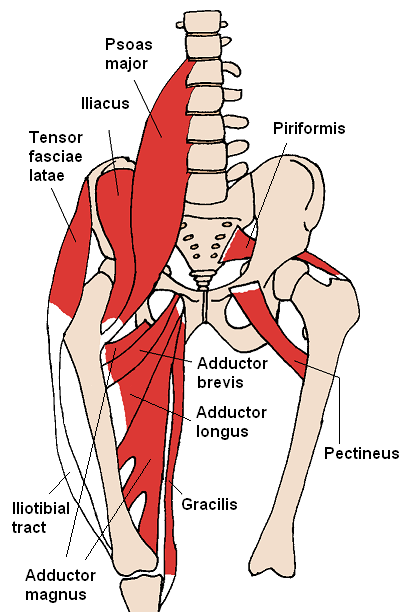
Control Comes with Ease
Control is necessary to discipline the mind and our direction of energy. When we allow the mind to run wild it creates fear in our body. Fear makes us believe that we can control the external world and our relationships. But fear is a violation of your natural energy and depletes you. You run on a frantic energy or feel empty.
A movement driven by fear feels tight, restrictive and gripping in the body. It creates rigidity that prevents energy flow in the body and we find ourselves in a cycle of fear and tension. We find ourselves in destructive relationships of any kind with the world.
In Patanjali’s yoga sutra 2.46, the physical postures of yoga should be sthira sukha: this is steadiness and ease. The purpose of yoga’s asana practice is to control the physical sensations to help tame the mind. This understands that through the body we can heal deep emotional and energetic aspects of ourselves, including our relationships. It recognizes that we can only control our body and inner world.
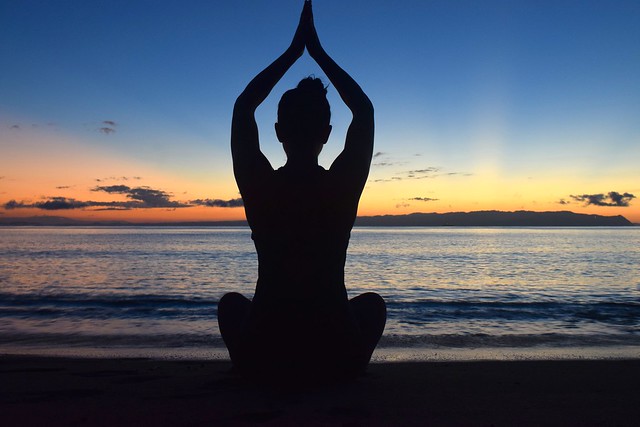
Flowing into Creation
Flow yoga classes are popular because innately we all want to feel that we flow with our life. This is due to our inherent need to contribute to the continuum of life. Creative energy is chaotic: it has moments of insight and brilliance, yet this can be scary for an imbalanced swadhisthana chakra. Studies of artists in ‘flow state’ show that creativity is taking existing concepts and information in the brain to see relationships in new combinations.
The power of flowing movement is to feel the opposition in your physical body: your body yielding to gravity and reaching for the sky at the same time. These natural oppositional forces within your body create balance within of space and grounding. Every moment offers new sensations, new relationships, and opportunities for self-expression that choose a new existence.
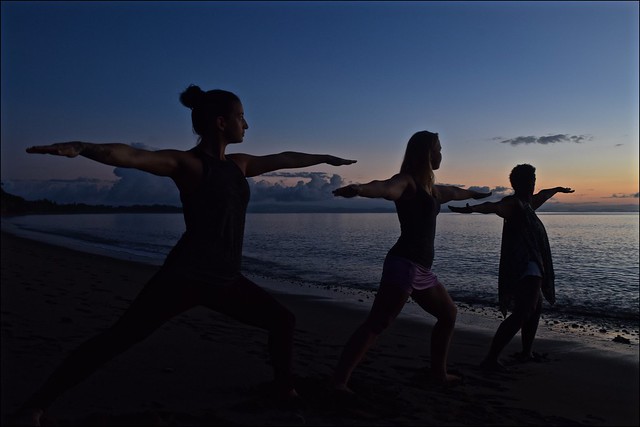
The Power of Choice
We must always choose between opposing forces because a choice is the process of creation. We are responsible for our own choices. Choices from fear fail to face our responsibility and we will fail to fully flourish in the world without finding our balance. Our body is our inner Self’s tool of communication to us about what we are aligned within our life. It guides our choices if we know what to feel for in our body.
HOW TO CHOOSE:
First, we must rediscover what ease feels like in the body. Go for a massage or do relaxing activities where the muscles can soften.
Second, correct muscle balance so you move with control and flow. Learn what these sensations feel like. New neuromuscular physical training might be needed to work deeply and make a change.
Third, when making a choice check-in with your body’s sensations – does it feel like there is ease and steadiness in your physical body or is there a rigidity? If you can, feel your movements and where they originate from, this is a great tool to know what is driving your decision.
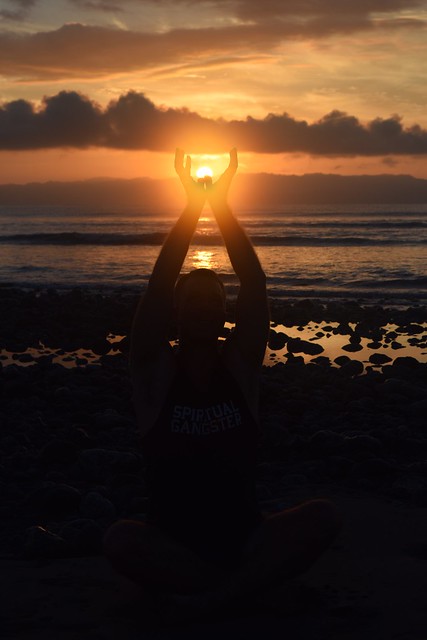
About the Author
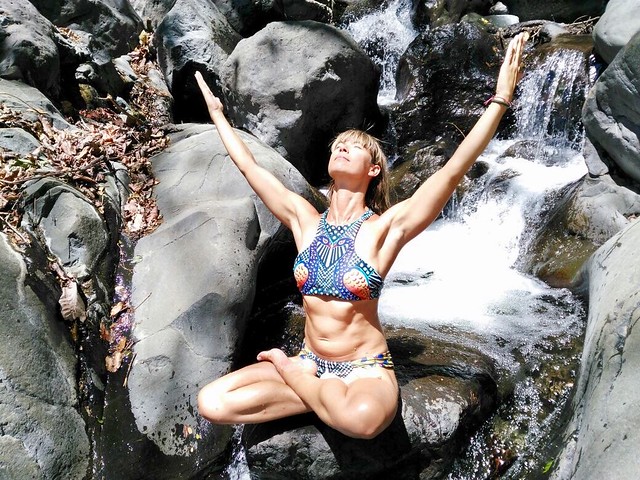
Nid loves all her incarnations as an energy healer and coach, massage therapist, teacher of mind-body movement through yoga and Pilates, and blog writer. She is a passionate messenger on how to find your truth and live in alignment with your soul. Her work attracts people going through major life changes, long-term pain or health issues to discover how to live life with joy in mind, body, and spirit.
Book/Inquire Now
Got pain? This will help you!
YOU DESERVE TO LIVE PAIN-FREE...
Receive 7 short, simple, and effective practices to alleviate knee, hip, low back, neck, shoulder pain, and more!
All you need is 5 minutes per lesson and it's FREE!
This revolutionary approach to yoga is new, and no one else is teaching this! Since I created Applied Yoga Anatomy + Muscle Activation™ and started teaching it consistently, I've witnessed students heal long-standing injuries, access yoga postures they never thought possible, and tell me over and over again how their body just feels better.
I hope you'll join me on this journey!
~Yogi Aaron
Is Yoga Teacher Training Right For Me?
We Created This FREE 5 Part Series So You Can Get All The Information To Make The Right Choice.
In this series, you will learn:
-
- Am I a candidate for yoga teacher training??
-
- What will I learn in a YTT?
-
- Do I need to have a perfect downward dog to attend YTT?
14-Day 200-Hour Yoga Teacher Training in Costa Rica
If you are looking for a 14-day 200 hour Yoga Teacher Training Costa Rica Immersion, you have landed in the right place. Join the next one!
300-Hour, 28-Day Yoga Teacher Training
Do You Feel Called To Something Greater?
This 300-Hour Yoga Teacher Training immersion training at Blue Osa will immerse you in yoga for one month.
You will have the specific transformational skills and yogic practices you need in order to connect with your higher purpose.
And more! You will be able to offer these transformative skills to others!
Join a Group Retreat
-
- Salty Retreats : Surf Sweat Flow with Yogini Erin
January 11 - January, 18
- Yoga Reset in Paradise
January 18 - January 25
- Salty Retreats : Surf Sweat Flow with Yogini Erin
-
- Nourished by Nature: A Holistic Health Retreat for Body, Mind & Soul with Lindsay
January 25 - February 1
- Nourished by Nature: A Holistic Health Retreat for Body, Mind & Soul with Lindsay
-
- Balancing Effort and Ease | Yoga Retreat with Lori Gholson
February 1 - February 8 (Sold Out)
- Iyengar Yoga Retreat with Genny Kapuler
February 8 - February 15 (Sold Out)
- Balancing Effort and Ease | Yoga Retreat with Lori Gholson

